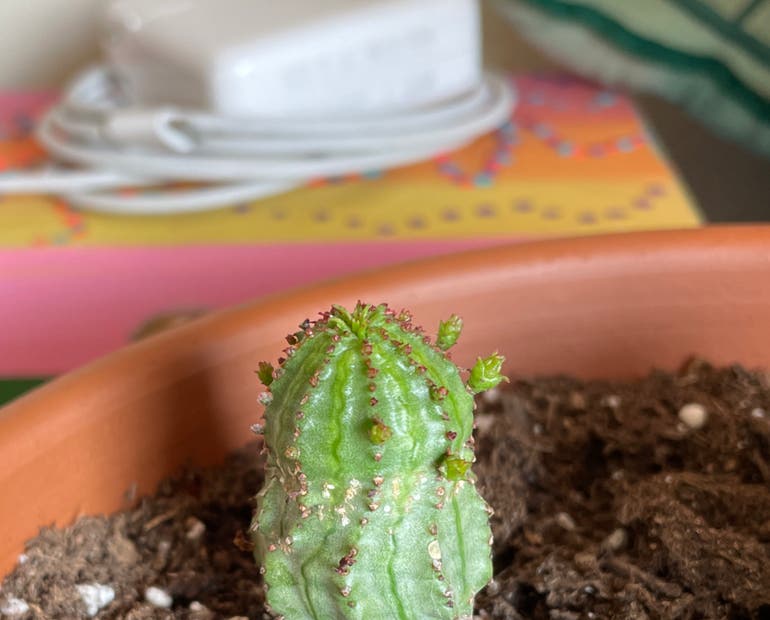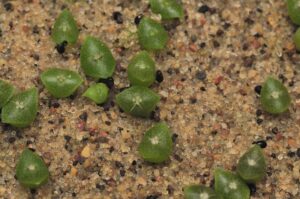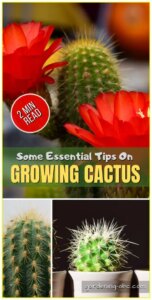When contemplating the vibrant world of houseplants, many enthusiasts are drawn to the captivating beauty of Euphorbia. This genus, encompassing a wide variety of species, includes the remarkable Euphorbia Venefica. However, a pertinent question arises: is Euphorbia toxic to cats? Understanding the implications of keeping these alluring plants in a household with feline companions is crucial for ensuring their safety.
The allure of Euphorbia Venefica extends beyond its visual appeal. With intricate shapes and variegated leaves, these plants can add a unique aesthetic to any indoor space. Yet, their enchanting demeanor masks a potentially perilous secret. Not all plants that appear innocuous are harmless, particularly when it comes to curious animals like cats.
In this article, we delve into the characteristics of Euphorbia, the specific risks it poses to our feline friends, and essential preventative measures for pet owners.
Understanding Euphorbia: A Botanical Overview
The Euphorbia genus is a vast and diverse group, encompassing nearly 2000 species that span the globe. Known for their striking appearances, many Euphorbia varieties, including Euphorbia Venefica, are succulent and possess milky sap—a characteristic that warrants attention. This sap is a defensive mechanism against herbivores, which ironically includes our domestic cats.
Euphorbias are not merely visually captivating; they also thrive in various environmental conditions. Their resilience makes them popular among plant aficionados. However, it’s essential to recognize that this plant’s beauty conceals a more complex ecological role, particularly concerning its toxicity. The presence of toxic compounds is not uncommon among plants that have evolved unique survival strategies in the wild.
What Makes Euphorbia Toxic to Cats?
The primary concern with Euphorbia Venefica lies in its milky latex sap, which can cause adverse reactions when ingested or when it comes into contact with the skin of cats. This sap contains a range of compounds, including compounds known as euphorbias and diterpene esters, which can be irritating. Ingestion might lead to symptoms like vomiting, diarrhea, and in more severe cases, gastrointestinal distress.
When a cat encounters a Euphorbia plant, it may be drawn to the plant’s appealing foliage or enticing texture. Cats, being inherently curious creatures, often engage in exploratory behaviors that can lead them to nibble on unwelcome specimens in their environment. Even a small amount of sap can induce irritation, showcasing the potential danger these plants pose.
Recognizing the Signs of Plant Toxicity in Cats
As responsible pet owners, being vigilant about our furry friends is paramount. Recognizing the symptoms of potential toxicity can be lifesaving. If a cat has ingested Euphorbia, it may exhibit several signs of distress. Some of these symptoms include:
- Gastrointestinal Upset: Common indicators include vomiting, diarrhea, or signs of discomfort.
- Dermal Reactions: Contact with the sap can lead to skin irritation or allergic reactions, evidenced by redness, swelling, or itchiness.
- Lethargy and Behavioral Changes: A cat may become unusually quiet or withdrawn, indicating that something is amiss in its overall health and well-being.
If you observe any of these signs after your cat has had contact with a Euphorbia, it is vital to consult with a veterinarian promptly. Early intervention can make a significant difference in recovery times and outcomes.
Preventative Strategies for Pet Owners
Cats and plants can coexist harmoniously with the right strategies in place. To mitigate the risks associated with keeping Euphorbia in a pet-friendly home, consider the following measures:
- Placement Matters: Position Euphorbia plants out of reach of your cats. High shelves or hanging planters can serve as a barrier to prevention.
- Educate Yourself and Others: Familiarize yourself with other plant species that are safe or toxic to cats. Knowledge is an essential tool in preventing accidental ingestion.
- Alternative Plants: Consider substituting Euphorbia with non-toxic varieties. Many beautiful houseplants, such as spider plants or Boston ferns, are safe for cats and can serve as an appealing alternative.
Additionally,creating an environment that discourages harmful nibbling can be beneficial. Providing engaging toys, scratching posts, and designated play areas can redirect a cat’s attention away from tempting plants.
In Conclusion: Balancing Beauty with Safety
The allure of Euphorbia Venefica is undeniable, but understanding its potential toxicity to cats is essential for maintaining a safe home. While these plants can beautify your space with their striking aesthetics, they should be approached with caution in homes with feline companions. Awareness of the symptoms of toxicity and implementing preventative measures can foster an environment where both plants and pets thrive, safeguarding their well-being without losing the enriching essence that plants provide.





Leave a Comment